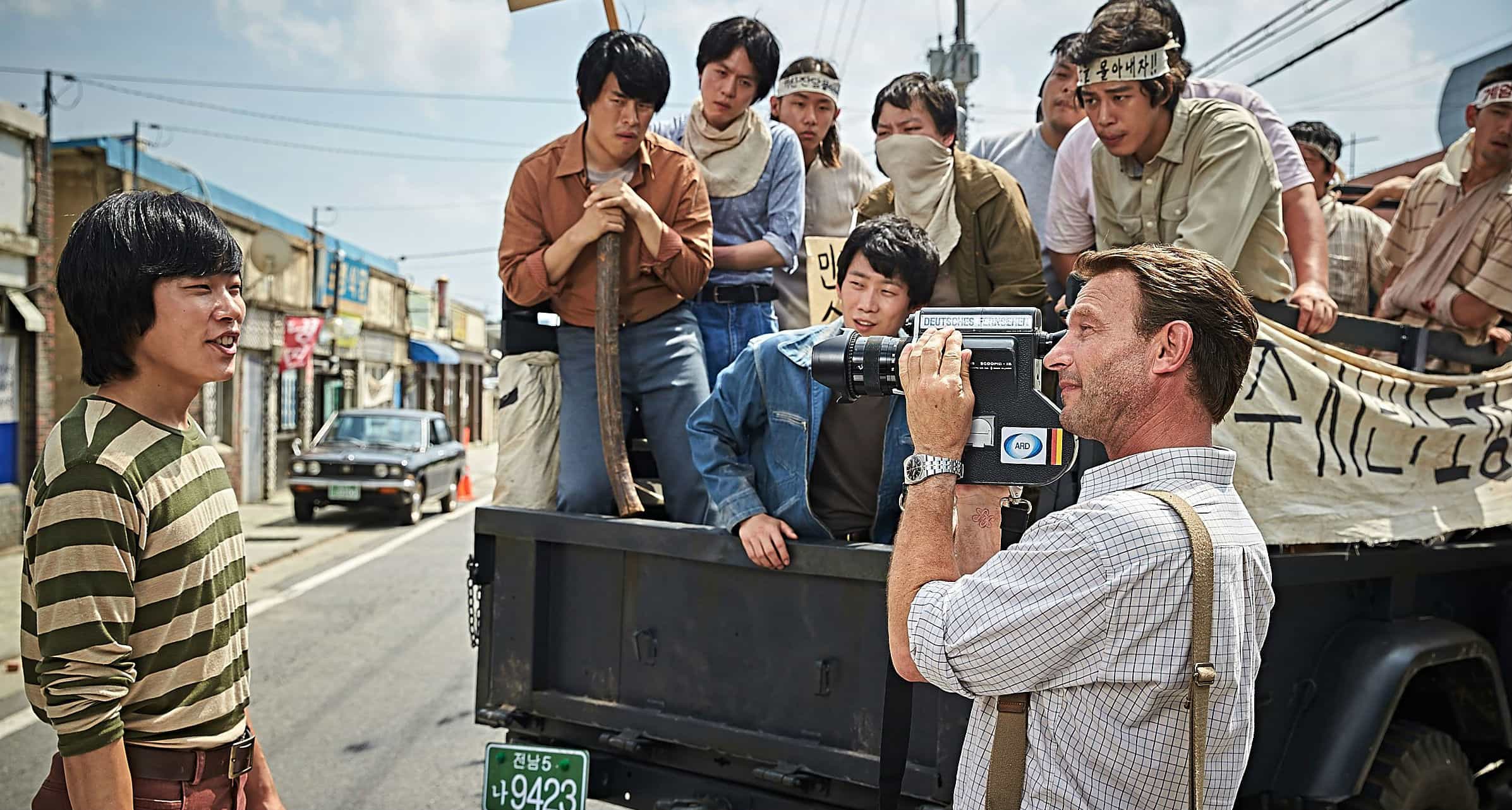YI NING WONG writes — South Korea is largely known as one of the Asian countries that have managed to successfully advance their economy into the developed world, in addition to evolving a stable democracy. However, with this advancement, much of modern society has forgotten the struggles that South Koreans endured to get to this point.
The Asian World Film Festival featured and screened the historical-narrative film, “A Taxi Driver” (2017) by Jang Hoon, presenting the work with three accolades. There is no doubt that the film touched the hearts of many and opened minds to a different South Korea than what is usually depicted.
The film paints an anecdotal portrait of the South Korean struggle toward democracy, specifically focusing in on the Gwangju Uprising from May 18 to May 27, 1980. It is based on the true story of a German reporter, Jürgen Hinzpeter, and a Korean taxi-driver, Kim Man-seob and their mission to film and broadcast the Gwangju riots to international media.
Hoon garners attention to forgotten tragedies; but also explores different facets of humanity that can be drawn from the movement. Foremost, Kim’s character is representative of the mentality typical of the middle-aged Seoul citizen at the time.
Kim’s urban and more globalized lifestyle is juxtaposed with his drive through the countryside to Gwangju. It depicts Gwangju’s extreme isolation from the rest of the country, and how easy it was for government officials to censor and misconstrue news. The absence of truth inadvertently creates tension between the “more” and “less” educated, Seoul and Guangju. This belief leads people, such as Kim, to frown upon and undermine the Gwangju citizens, as he scrutinizes their actions as nothing more than an attempt to cause trouble.
As Kim gains exposure through his experiences in Gwangju, he is consequently humbled by the locals’ bravery. The film portrays unlikely bonds that can form through a common struggle. An ongoing motif, Hinzpeter and Kim’s journey together symbolizes the strong friendships that can be formed in the absence of a common language and culture. Similarly, through generational perceptions, Kim initially disgraces university student-protester Jae-Sik for missing school. However, he also comes to care greatly for him as they escape from the soldiers together. Kim’s journey depicts a lasting connection through the universal value of empathy as human beings.
While it has been nearly 40 years since the movement, Hoon reminds us of the long struggle South Korea endured, in order to be known as the city that it is today.

